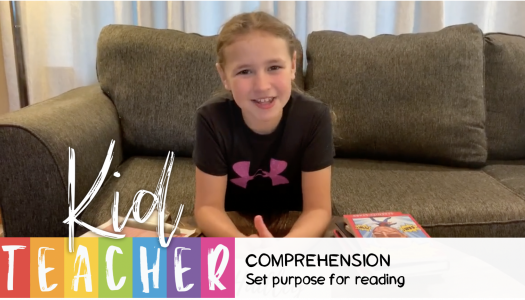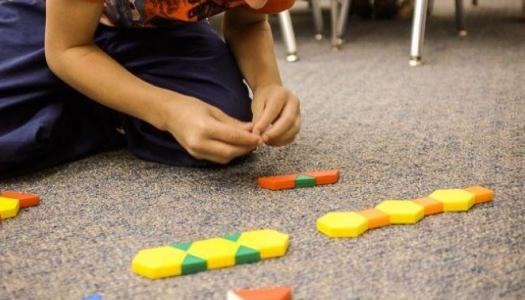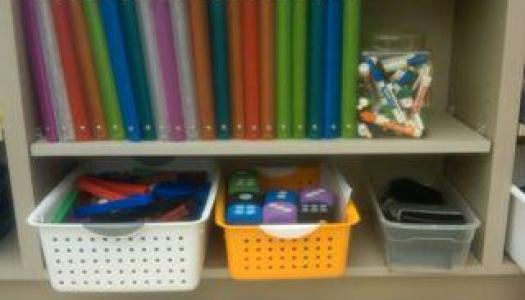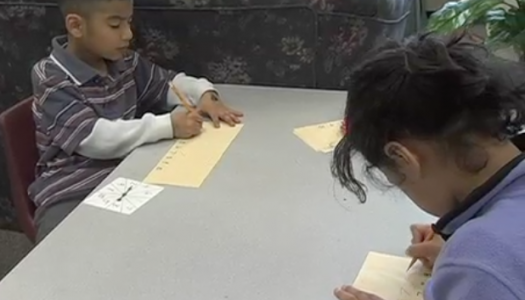Finding Effective Math Games
Join Our Community
Access this resource now. Get up to three resources every month for free.
Choose from thousands of articles, lessons, guides, videos, and printables.
Math Daily 3 uses math games and activities in each of the three choices students have during the math block. These games provide kinesthetic practice of math concepts and often take the place of routine paper-and-pencil tasks. To make the most of the math block, it is crucial for all math games on the board to provide meaningful practice to advance student learning. We often get asked where to find these games and activities. Here are some suggestions:
1. Your math-curriculum teaching guide—Teacher manuals often have many games and activities for students to complete individually or collaboratively. Review the games in your manual and see which are worthy of student time and best support the concepts being taught.
2. Your colleagues—As teachers teach various lessons, their creative juices often flow. Some of the most effective math games I use were created and shared by colleagues. Don’t be afraid to ask colleagues in your district what they are using.
3. Teaching resource books—Fortunately, teaching is a collaborative profession and there are many books written just for the purpose of sharing math games. Although an Internet search will lead you to many others, here are a few for you to peruse:
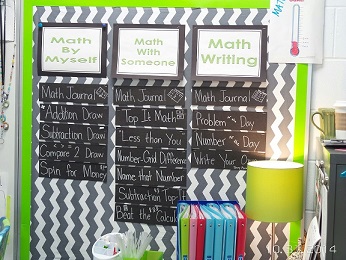
Math Games for Independent Practice
Teaching Student-Centered Mathematics, Grades PK–2
Teaching Student-Centered Mathematics, Grades 3–5
Dice Activities for Math, Grades K–3
4. The Internet—There are many websites and teaching blogs containing math games, activities, literature, and more. Using your favorite search engine, type in key words that might take you to games covering the concepts you are teaching. Remember, not everything you find will be high quality. Therefore you need to use a discerning eye to sort through and choose a few of the most effective options to introduce to your students.
5. The Daily CAFE Website—Under the Math Daily 3 heading on our website, you will find activities sorted by concept. This resource is continually growing, so check back frequently.
Although it would be nice if there were one resource to guide each of us in the right direction to meet all of our students needs, such a manual does not exist. Instead, we need to use our data to know where our students are and determine where they need to go. Then we can take advantage of the many resources we have available to us to create a plan of action to meet their needs.

